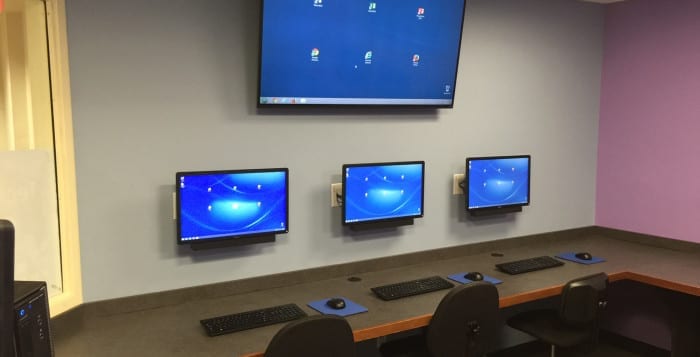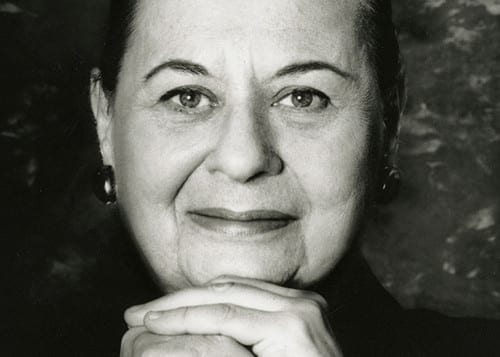Setauket’s own Emma S. Clark Memorial Library made the most of $10,000 in state funding and is now celebrating a new state-of-the-art technology center.
Three new 55-inch smart televisions were only the beginning of the new technological enhancements made at the library this month, thanks to $10,000 in state funding from state Sen. John Flanagan (R-East Northport), which helped offset the cost of the refurbished center. It took a lot of work, but the library made sure to employ all the painting and wiring from in-house library employees in order to get the most out of the money.
“We are grateful to Sen. Flanagan for this generous award, which will help enhance the lives of our patrons, young and old,” said Ted Gutmann, library director. “Thanks to Sen. Flanagan and New York state, this new facility ensures that Emma Clark Library continues to offer its patrons the latest in technology, keeping it a modern library for today’s fast-paced world within its charming façade.”
Moving forward, Gutmann said the technology center will offer classes to the public on a wide variety of subjects, including those for beginners and others for more advanced learners. With this new software, the library will add to its existing selection of classes for teens by offering online video creation and editing.
Flanagan visited the library last week to meet with Gutmann and its employees to tour the new equipment and share in the success.
“The staff and leadership of the Emma S. Clark Memorial Library has utilized this state funding to create a learning center that will enhance the lives of so many in the community. This new technology center has many different applications for young and old and is a great addition to this already impressive facility,” Flanagan said. “I am happy that we were able to work together for the benefit of the patrons.”
Among the equipment purchased as a result of the grant were three Vizio 55-inch wall-mounted smart televisions, which have the ability to mirror the display of the instructor’s machine, Apple TV and any other HDMI-capable hardware. This technology will allow participants to follow along with an instructor during any class. Each television is also equipped with a floor level HDMI port for easy access to gaming systems or other external input devices.
The Technology Center will also house 10 Dell computers with 23-inch LCD monitors, which are wall-mounted to allow for a clean appearance and functionality. These computers are designed in a way that enhances learning because they are fast, reliable and equipped with some of the latest technology available, including Intel i5 processors, 8GB of memory, and wireless keyboards and mouses, the library said.
The library also received a brand new Macbook Pro with an Intel i7 processor and 16GB of memory, which operates on Mac OSX Yosemite. The Macbook also has Microsoft Office 2014 and Final Cut Pro, which allows for video and photo editing.
All classes held in the Technology Center can be found in the printed newsletter or online at /newsletters.
The library already offers adult classes on a broad range of topics, such as the Internet, Word, Excel, PowerPoint, Facebook, Pinterest, smartphones and tablets. Children and teen programs include Minecraft and Wii U. Also offered are workshops and drop-in tech assistance for help with mobile devices in a small, personal setting.
The library even offers a Teen Tech Clinic on the first and third Tuesdays of the month, where teens volunteer to assist adults with their computers and mobile devices.






